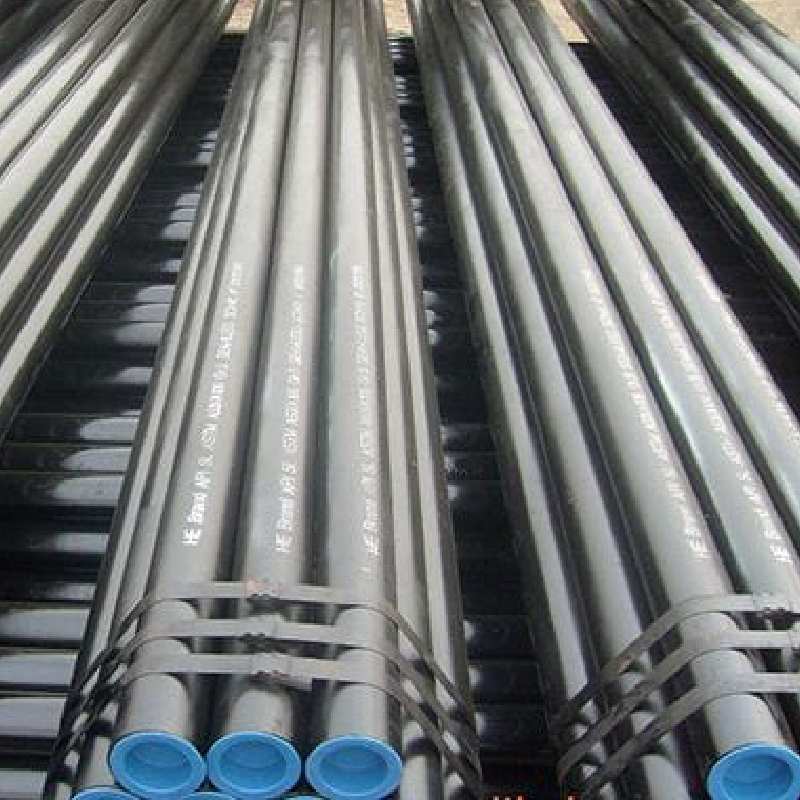-
Cangzhou Yulong Steel Co., Ltd.
-
Phone:
+86 13303177267 -
Email:
admin@ylsteelfittings.com

Aug . 29, 2024 00:14 Back to list
Thread Hose Fittings - High-Quality Connectors for Your Needs
Understanding Thread Hose Fittings A Comprehensive Guide
Thread hose fittings are essential components in various industrial and home applications. They provide a reliable method for connecting hoses to equipment, ensuring secure and leak-proof connections. This article delves into the nature of thread hose fittings, their types, applications, and best practices for selection and usage.
What are Thread Hose Fittings?
Thread hose fittings are mechanical devices designed to attach hoses to pipes or other equipment via threaded connections. The threads allow for a tight and secure fit, which is crucial in preventing leaks, ensuring safety, and maintaining the system's integrity. These fittings come in various sizes and materials to accommodate different hose types and operating environments.
Types of Thread Hose Fittings
There are several types of thread hose fittings, each designed for specific applications
1. NPT (National Pipe Thread) Widely used in North America, NPT fittings feature tapered threads that provide a tight seal when connected. They are common in plumbing and gas applications.
2. BSP (British Standard Pipe) BSP fittings are standard in the UK and are available in both parallel (BSPP) and tapered (BSPT) versions. The choice between BSPP and BSPT depends on whether the application requires a seal or simply a mechanical grip.
3. JIC (Joint Industry Council) These fittings are primarily used in hydraulic systems. They feature a 37-degree flare, providing a strong connection that can handle high pressures.
thread hose fitting

4. AN (Army-Navy) AN fittings are often used in aerospace applications. Similar to JIC, they also employ a 37-degree flare and are designed for high-performance scenarios.
5. Metric Threads Common in European applications, metric fittings use a different measurement system and can be found in various configurations.
Applications of Thread Hose Fittings
Thread hose fittings are ubiquitous across many industries. In agriculture, they are used in irrigation systems to connect hoses to water supplies. In automotive and aerospace applications, they facilitate fluid transfer and pressure control. Firefighting systems also utilize these fittings for efficient water delivery. Additionally, various manufacturing processes rely on thread hose fittings for hydraulic and pneumatic systems.
Best Practices for Selection and Usage
When choosing thread hose fittings, it's critical to consider the following factors
- Compatibility Ensure that the fitting matches both the hose size and type, as well as the equipment to which it will be connected. - Material Select materials that can withstand the environmental conditions, such as moisture, chemicals, or extreme temperatures. - Pressure Ratings Assess the pressure requirements of your application and choose fittings that can handle the necessary pressure levels. - Installation Follow proper installation techniques to ensure a secure fit. This includes using thread tape or sealant when necessary and avoiding overtightening, which can lead to damage.
In conclusion, thread hose fittings are integral in facilitating effective and safe connections in a multitude of applications. Understanding their types, uses, and best practices is crucial for anyone involved in plumbing, hydraulic systems, or any related field. By selecting the right fittings, users can ensure longevity and reliability in their systems.
Latest news
-
ANSI 150P SS304 SO FLANGE
NewsFeb.14,2025
-
ASTM A333GR6 STEEL PIPE
NewsJan.20,2025
-
ANSI B16.5 WELDING NECK FLANGE
NewsJan.15,2026
-
ANSI B16.5 SLIP-ON FLANGE
NewsApr.19,2024
-
DIN86044 PLATE FLANGE
NewsApr.19,2024
-
DIN2527 BLIND FLANGE
NewsApr.12,2024
-
JIS B2311 Butt-Welding Fittings LR/SR 45°/90° /180°Seamless/Weld
NewsApr.23,2024
-
DIN2605-2617 Butt-Welding Fittings LR/SR 45°/90°/180° Seamless/Weld
NewsApr.23,2024











